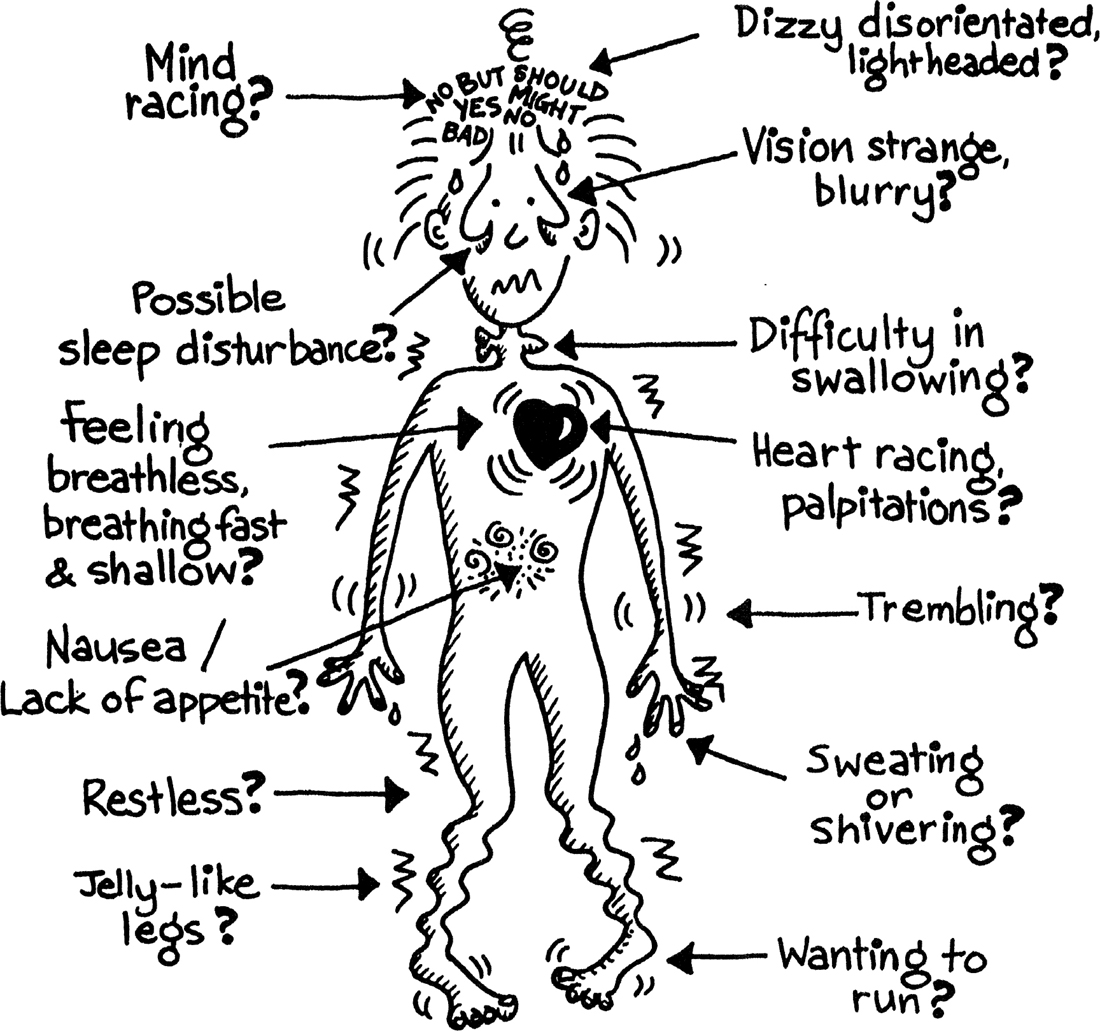CONTENTS
Guide
Contents
Dedicated
to the memory of
Jeffe Jeffari
my guardian angel...
... And heartfelt thanks
and acknowledgement
for assistance
to Dr. Don Jefferys
Cornstalk
An imprint of HarperCollinsPublishers, Australia
Living With IT first published in 1993
Living IT Up first published in 1994
Letting IT Go first published in 1996
This Cornstalk combined edition first published in 2002
by HarperCollinsPublishers Pty Ltd
ABN 36 009 913 517
A member of the HarperCollinsPublishers (Australia) Pty Limited Group
www.harpercollins.com.au
Living With IT copyright Bev Aisbett 1993
Living IT Up copyright Bev Aisbett 1994
Letting IT Go copyright Bev Aisbett 1996
The right of Bev Aisbett to be identified as the moral rights author and illustrator of this work has been asserted by her under the Copyright Amendment (Moral Rights) Act 2000 (Cth).
This book is copyright.
Apart from any fair dealing for the purposes of private study, research, criticism or review, as permitted under the Copyright Act, no part may be reproduced by any process without prior written permission. Inquiries should be addressed to the publishers.
HarperCollinsPublishers
Level 13, 201 Elizabeth Street, Sydney, NSW 2000, Australia
Unit D1, 63 Apollo Drive, Rosedale 0632, Auckland, New Zealand
A 75, Sector 57, Noida, Uttar Pradesh 201 301, India
1 London Bridge Street, London SE1 9GF, United Kingdom
Bay Adelaide Centre, East Tower, 22 Adelaide Street West, 41st Floor, Toronto, Ontario M5H 4E3, Canada
195 Broadway, New York, NY 10007, USA
ISBN 978 0 7322 7619 5
Cover and internal illustrations by Bev Aisbett
Cover design by Louise McGeachie, HarperCollins Design Studio
Dr D. Jefferys, Ph.D
Witnessing recovery from panic to a point where the sufferer is no longer fearful and dependent and functions enthusiastically with fulfilment in the world is a satisfying part of being a psychologist.
Living with IT is written by a patient for patients from a patients perspective, demystifying IT, thus making it comprehensible to all. For the psychologist/counsellor, it provides insight into the fearfulness experienced by those who have panic disorder.
Panic disorder is characterised by the panic attack, the IT whose symptoms include palpitations, nausea, dizziness, lightheadedness, a choking sensation, difficulties with breathing and perhaps most significantly, an elevated level of fearfulness and dread.
Advances in psychology and pharmacotherapy mean that a sufferer need suffer no more. With treatment, a patient is able to recover and enter the world armed with the knowledge which enables the individual to monitor, challenge and calm their own fear.
Living with IT is a ready guide of tools that will assist the patient in dealing with panic and themselves in their everyday lives. It is a handbook, a workbook and a source of hope and affirmation.
Living with IT conveys this information in a simple, disarming and immediate form: the visual. I am pleased to have been involved (in an advisory capacity) in the development of this valuable aid. The fact of this books existence is proof that full recovery is possible with the help of a therapist and through ones own endeavours.
I first encountered my IT on a glorious blue day in Sydney, on what was meant to be a pleasant weekend visit to attend the Australian National Cartoonists awards the Stanleys.
The sky was a flawless canopy, the yachts bobbed cheerily on the harbour, tourists snapped photos of smiling friends on the foreshore, and there I stood, struck dumb by the enormity of what I was experiencing.
Most people who suffer Panic Syndrome (and suffer is the word!) remember their first Panic Attack.
It is overwhelming, utterly terrifying and remains etched in the memory for a long time afterwards.
Hence, a pattern develops, as this book shows.
In the months that followed this initial attack, I was to return again and again to sources of reassurance, support and understanding that would eventually steer me out of the troubled, turbulent waters of this illness and back into the real world.
In doing so, and, in line with my chosen profession, I decided to create a handbook that would provide a ready guide, in a patients language, to those same sources of help that saw me through this debilitating ailment.
Living with IT is not intended to be a substitute for professional help. I am in no way qualified to provide that.
I am, however, qualified, as a survivor, to pass on to fellow sufferers the kind of information and practices that were of great assistance to me, and in a form that will, hopefully, convey this information quickly, simply and with gentle disarmament, i.e. the cartoon.
My message to all Panic People is this: I know how you feel, and you will be well again. This book is testimony to that.
To those of you who may believe that your IT is far more fearsome than mine: while this is no competition (and if it were, what a useless one!), let me assure you that my IT woke me every day to the same tears and tremors and terrors that you may be feeling right now.
My thanks is beyond measure to all those who stood by me and, in particular, to one stranger who, without question or dismay, came to the aid of this bewildered soul on an unfamiliar street one dark, dark night, so long ago.
To all of you, take heart. One day this will be a far-off memory.
Trust me.
Trust yourself.
Bev Aisbett
 CONTENTS
CONTENTS
Recognising symptoms; how Panic works
The basic development of Panic Disorders
Emergency procedures for dealing with Panic Attacks
Dealing with phobias arising from Panic Disorder, e.g. agoraphobia
Physical sensations vs Fear signs
Changing negative thought patterns
Other peoples attitudes and needs
The big questions
Seeking professional help
Dealing with setbacks
If you have picked up this book,
then you are probably experiencing
some very strange and frightening things...
and overall, a feeling of fear and dread that seems to come from nowhere?
Well, you have just joined
1000s of people who have
PANIC ATTACKS!
Also known as Panic Syndrome/Disorder, or Anxiety Syndrome/Disorder

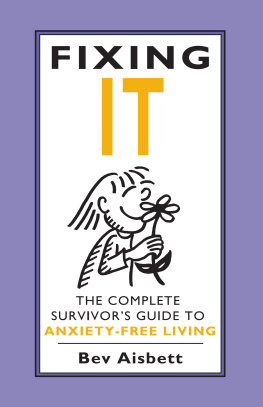



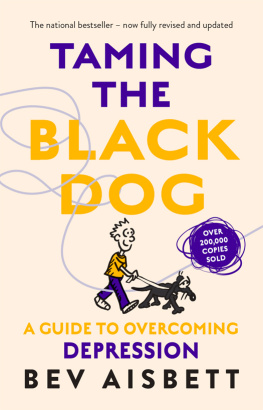
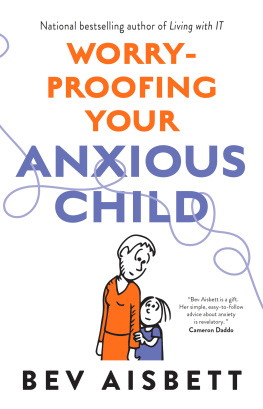

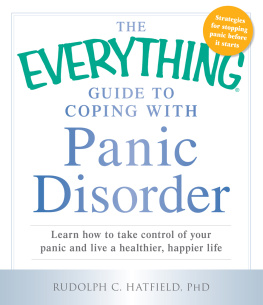

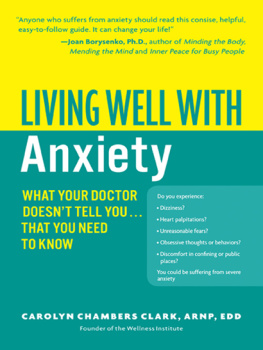

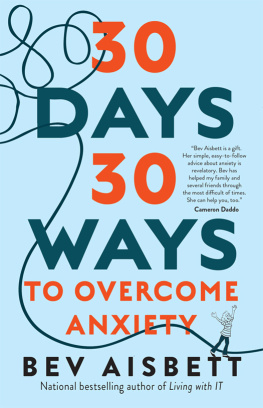
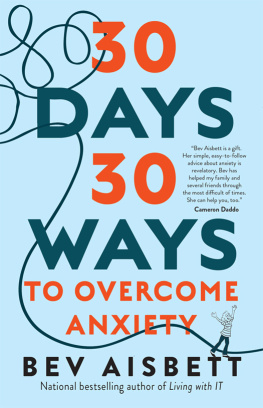
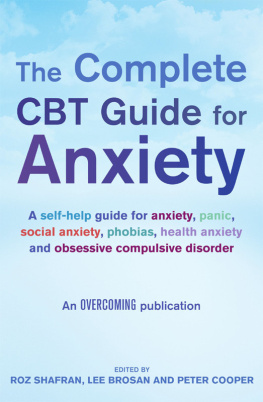

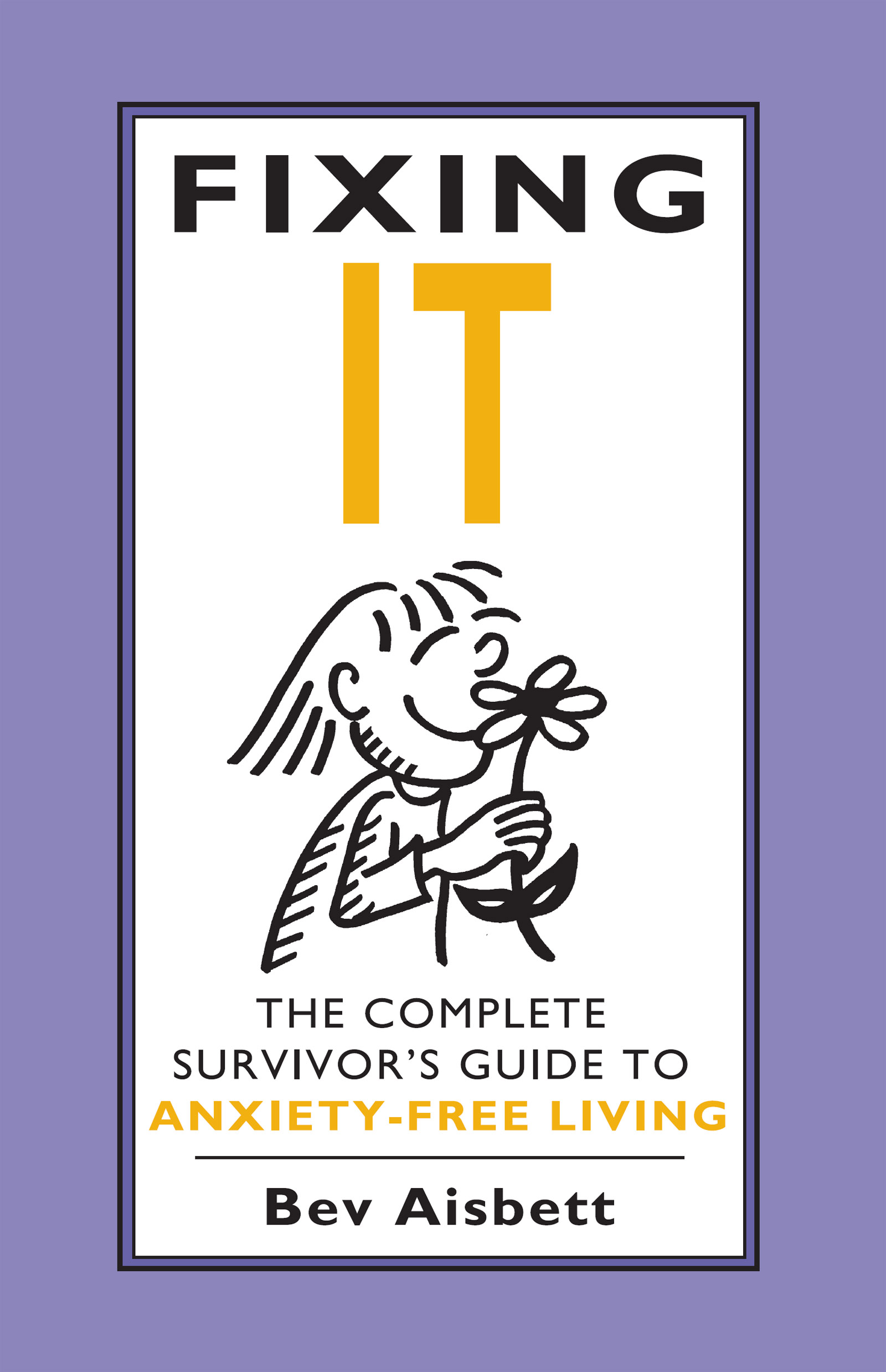



 CONTENTS
CONTENTS
